Storming the Bay
A battle-cry was heard as the boats hit the sand and dozens of boots leapt off of the vessels. Strong, blue-eyed men rushed over the once peaceful English beach.


Long blonde hair flowed out of their helmets as they gripped their swords tightly. These raiders painted a truly haunted picture. The locals would soon be petrified with fear, but something isn't quite right.
Changing Everything
Vikings were very real, and they could be truly petrifying. But research has actually shown that they were nothing like their counterparts in the culture we think of today.
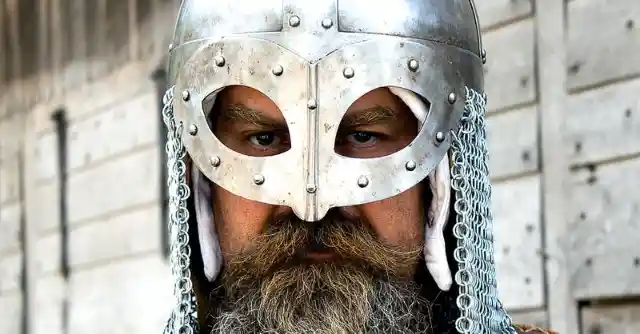
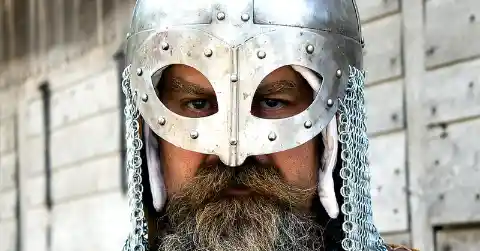
This fascinating research into their genetics has painted quite a different picture than what is seen on the big screen.
Groundbreaking Research
Professor Eske Willerslev has made groundbreaking research at the Lundbeck Foundation GeoGenetics Center in Copenhagen, Germany.


His research was changing the perceptions of who and what Vikings were. A lot of misconceptions could now be righted and people could understand what it meant to be a Viking. This research would change the history books forever.
DNA Analysis
Two scientific teams from Denmark and England found and gathered 442 remains of Vikings from across Europe. They found them from Scotland all the way to Estonia.
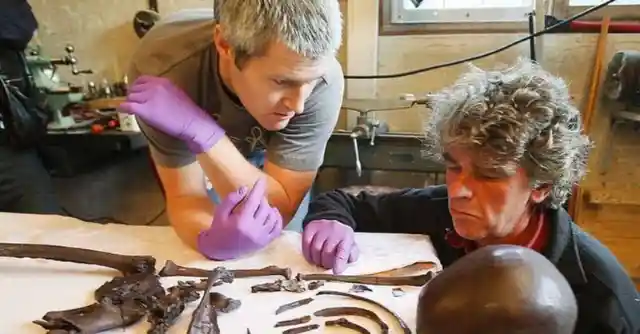
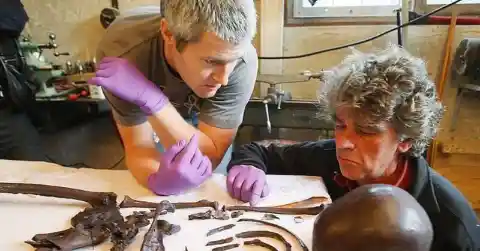
They wanted to look at the DNA of the remains using technology that wasn't available before. They needed to sequence the genes to figure out more about them. And when they did, the findings were of great significance.
It’s All Wrong
So with the new evidence shedding light on Vikings, it turns out that a lot of the facts we take for granted may not actually be completely true.


The true facts remain the same, like how they came from Scandinavia and lived on land on right by the coast. They were agricultural and also fishermen. So why the intimidating reputation?
The Reign of Terror Begins
Vikings were clever people and were amazingly innovative. They were great sailors and used sailors so they didn't have to rely on rowing alone.
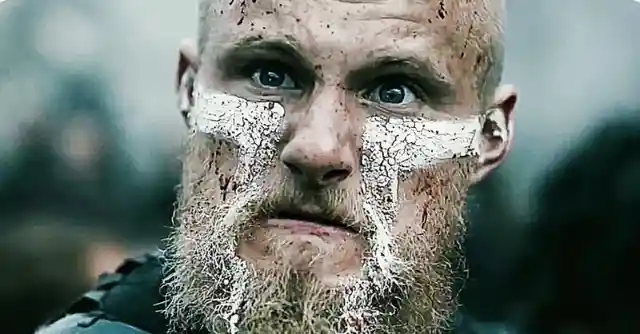

Nothing could top the speed of Viking longboats. They were good at what they did - coastal raiding and crossing the mighty seas. But what started their bad reputation? Scientists have a few theories.
Theories
A lot of people theorize that Vikings just ran out of resources and had to find them somewhere else. There just wasn't enough land for their growing people.


another set of theories is that traders told them of the wealth that was to be found over the sea. So maybe Viking scouts were sent out to go look at other lands. But whatever the reason for this bad reputation, Vikings were feared across the globe from 150 A.D. to 1050 A.D.
The Greatest Honor
The problem about history is that Vikings kept very few records of their culture or little survived the centuries. But we do know about their beliefs, particularly the Norse Gods they based their entire lives around.


One of the highest honors a Viking could receive was dying in the field of battle. But Willerslev found some groundbreaking facts that provide great insight.
Uncovering the Vikings
Most of the remains that the researchers found were bones and teeth from Viking cemeteries across Europe. They wanted to compare their DNA to people that lived there around the same time and then also the people that live there now.
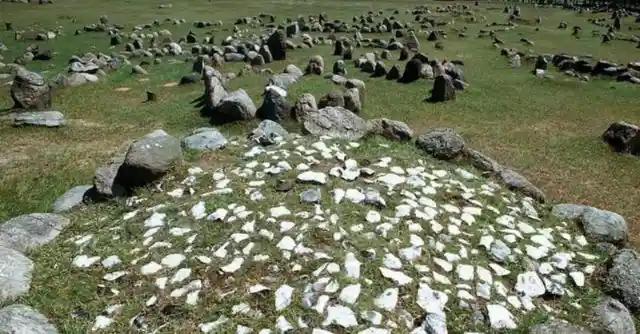
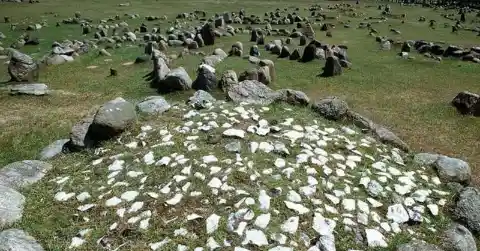
They just didn't know how much would be found at the burial sites and what the DNA would imply once they processed it.
Surprises
A Viking burial site In the Scottish Orkney Islands contained two bodies. The gravesite had all the hallmarks of a Viking burial – replete with ceremonial swords. But the DNA analysis revealed that these two men weren’t Vikings at all – their DNA pointed to Ireland and Scotland.
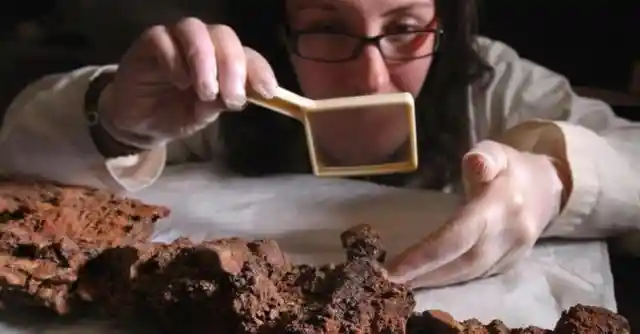
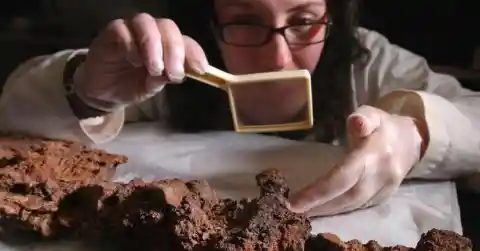
So, it would seem that the Vikings weren’t all Scandanavian. But there were more surprises to come.
Just Scratching the Surface
The next discovery was that the Vikings seemed to be divided into three separate groups according to their genetics. The Vikings who raided the English were actually from Denmark. The Vikings that traveled across the Baltic Sea were from Sweden, and the Vikings of Greenland, Iceland, and Ireland were from Norway.


And these three groups of Vikings hardly ever intermingled. But this research was just scratching the surface of the mystery. The reality was something no one could have predicted.
Revelations
“No one could have predicted [that] this significant gene flows into Scandinavia from Southern Europe and Asia happened before and during the Viking Age,” Professor Willerslev excitedly explained, “this study changes the perception of who a Viking actually was.”


What we imagine about Vikings from television and books is that they were all connected, trading, mixing together, and going on raiding parties to fight kings across Europe. So, who were the Vikings, really?
Who the Vikings Really Were
Well, for one, the Vikings were not all blue-eyed and blonde-haired because their genetics had Southern European and Asian roots – most of them would have had dark hair.


The Vikings also took part in cultural exchange – exporting beliefs, practices, language, technology, and socio-political structures across America, all the way to the Asian steppe. So, it seems that the Vikings were about much more than pillaging, raiding, and looting.
A Different Picture
Furthermore, Viking identity wasn’t exclusively for those with Scandanavian ancestry – as shown by the remains found at the burial site in Scottish Orkney. In fact, the Vikings seem to have been rather social.


The University of Bristol’s Dr. Daniel Lawson explains: “The Vikings have an image of being fierce raiders, and they certainly were. What was more surprising is how well they assimilated other people. Scottish and Irish people have integrated into Viking society well enough for individuals with no Scandinavian ancestry to receive a full Viking burial – in Norway and Britain.”
The Truth
The new DNA studies have painted a rather different picture of the Vikings than we’re used to, and it’s very different from what is depicted in books and on TV. The Vikings loved to intermingle with Europeans, and they influenced and took inspiration from every culture they interacted with.
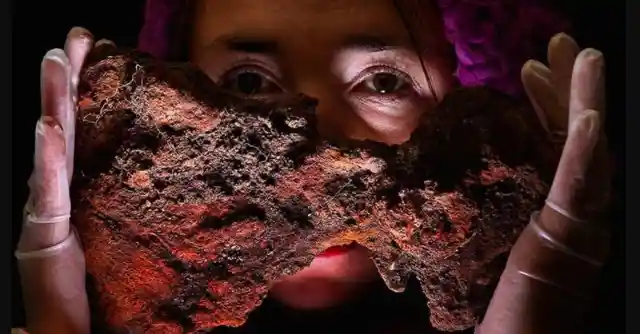
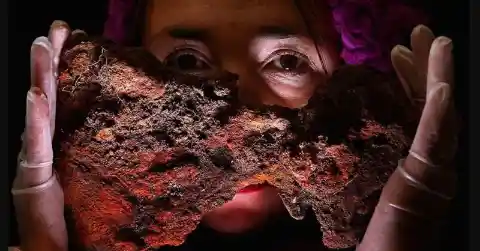
Around 10 percent of Swedish people have Viking DNA in their genetics, and around 6 percent of Britons have Viking in their genes. Although the Vikings are gone, they live on in the modern population.